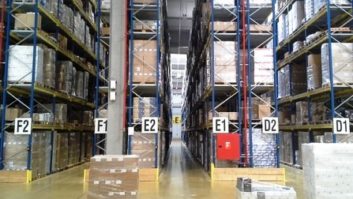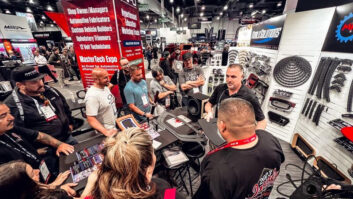Las Vegas – Mobile wireless technology, broadband, and the cloud are converging to spur innovation and transform business and society, keynote panelists agreed during a Tuesday keynote panel.
During the panel on how mobile technology is changing global innovation, Ericsson CEO Hans Vestburg said innovations spurred by mobile and networked technologies will be needed to create smart cities “if this planet is going to survive.” A total of 70 percent of the world’s population is expected to live in large cities by 2050, he said. Driverless cars and car sharing could be among the needed innovations that make cities of the future work, he said.
Mobile, broadband and the cloud are also transforming education, Vestburg said.
Wireless is making Internet usage “explode,” said John Donovan, senior executive VP of AT&T technology and network operations. He pointed to the dramatic growth of home-phone usage with the advent of cordless phones.
By 2019, Vestburg said, the number of broadband subscriptions will reach 7 billion, or three times the number today. Eighty-five percent of the world population will have access to 3G cellular technology for wireless data by 2019, he added.
Vestburg and the other panelists warned, however, that the innovation enabled by mobile technology could be short-circuited if the government doesn’t allocate more spectrum for wireless. The industry is expanding mobile-network capacity through such innovations as LTE carrier aggregation, small cells, and increased network density, but those techniques are not sufficient to handle future growth in wireless-network usage, the panelists agreed.
“Spectrum is the oxygen of commerce,” and more is needed for commercial use to enable “innovative business models,” Donovan said.
Also during the session, the panelists envisaged a future in which fixed objects such as sensors, wearable devices and other products will be embedded with mobile wireless technology to communicate with one another. Connected machines will automatically “coordinate things for me” and “leave me out of it,” said Donovan.
Donovan also imagined advances in car technology that “will blow us away” in three years. Cars can become educational pods or used for productivity or entertainment experiences, he said.
Many of the innovations enabled by mobile and networked technologies can’t be envisioned, said Qualcomm chairman/CEO Paul Jacobs. “It takes fewer people to do something dramatic in the world” because of technology, he said. Technology companies build platforms and see them used for purposed not imagined, he noted.
Jacobs called himself a “huge believer in wearables,” not only for wellness uses but also for notifications that, for example, let users know that they left the air conditioner on after they left a room.
Although the industry can integrate a smart watch with sensors on a body, wearables will eventually communicate with sensors inside the body, Jacobs also said. A sensor injected into the bloodstream could be developed to warn users that they could suffer a heart attack in the weeks ahead, he said.













